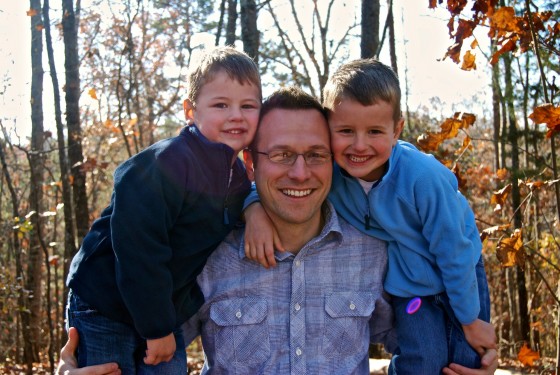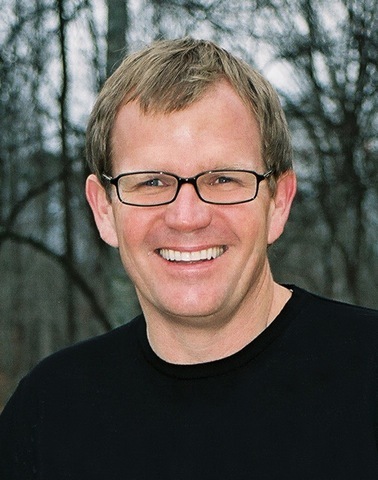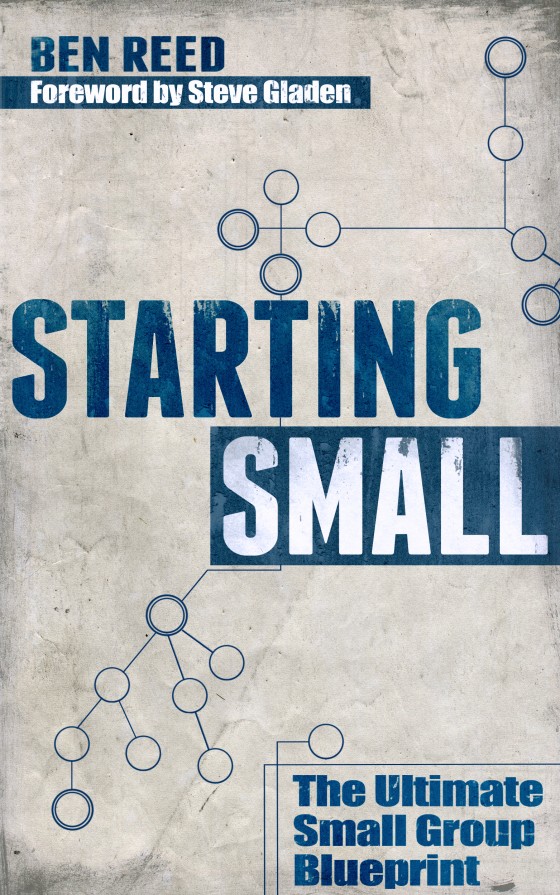I recently got to interview Tim Cooper, director of leader training and resources at North Point Community Church, and organizer of their upcoming small groups conference ReGroup (which is a must-go-to conference for anyone on a church staff or that serves in small group leadership).
1. Be honest, Tim. It’s your job to put this conference on. If it wasn’t, is this still a conference you’d attend?
Before I was on staff at North Point, I paid to come to several North Point conferences. I’ve always been a fan of the passion and excellence that North Point puts into Community Groups. Now it’s a privilege to get to be a part of putting on a conference so other churches can see our approach. So, yeah, I’d attend.
2. Now that you’re in the third year of hosting re:group, what have you learned? What will be different this year?
We sent a survey to everyone that attended last year and there were several breakouts they specifically requested. Based on some common themes, we’ve added five to this year’s list of breakouts. In particular, Bill Willits is leading a breakout called “Transitioning to a Group Model.” It’s the most requested topic in our survey results, and Bill has a ton of wisdom to bring to the table. I’m really excited for attendees to hear what he has to say.
3. What are you most looking forward to this year at the event?
Two things come to mind. First, we don’t pretend we have all the answers. We still have a ton to learn. So, the oppportunity to interact with other ministry leaders and to hear about their challenges and successes is really exciting. Second—and I think this is related to my first point—I love it when others churches get to meet our team. Most people coming to re:group know who Andy Stanley is, but not many of them know our Groups staff. They’re a collection of humble, wise, and gifted people that care so much about helping groups ministries thrive. Watching other churches interact with our staff is always one of my favorite parts of any conference we do.
4. Why should someone peel back the curtain on North Point’s small group system?
Figuring out how you build or grow a groups ministry at your church is tricky. It’s a real uphill struggle for a lot of churches. At re:group, you won’t just be exposed to our approach to groups ministry; you’ll get a lot of practical information about how to implement and grow a culture of groups. You’ll get to see what it looks like when a thriving church is all-in with groups. That can be great motivation for senior pastors and other leaders trying to create a thriving groups ministry.
Are you going to ReGroup?





